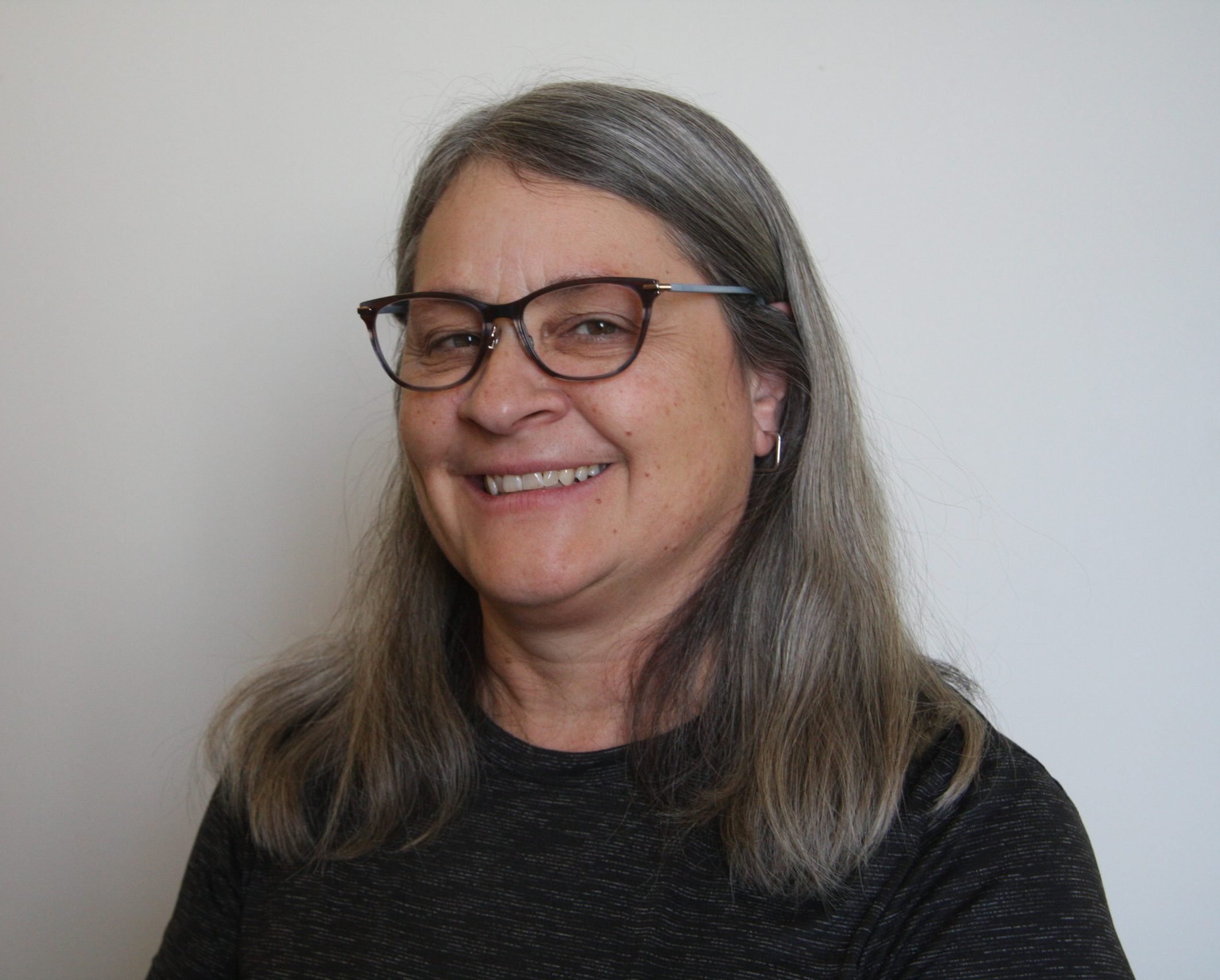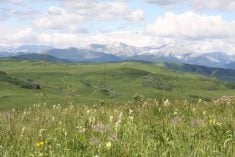A long-term strategy to help Saskatchewan livestock producers is in the works but the opposition says producers need help now.
In last week’s throne speech, the Saskatchewan Party government acknowledged the challenges in the livestock sector.
“Long-term strategies for growth must be developed in co-operation with industry,” read lt.-gov. Gordon Barnhart. “This work is underway.”
Traditionally, cattle producers haven’t favoured government involvement in their industry.
But Ed Bothner, president of the Saskatchewan Stock Growers Association, said it’s likely the strategy will contain regulatory changes that the industry would welcome.
Read Also

Gene editing digs deeper space in Canadian plant breeding
More Canadian research into crop variety development is incorporating gene editing, and one researcher notes that Canada’s regulatory approach to gene editing will help drive innovation
He said this year has been difficult.
First, Alberta announced in June significant assistance for its cattle producers.
It took a while to figure out how that would affect Saskatchewan, Bothner said after the Oct. 22 speech.
“Then, COOL hits us on the side of the head,” he said of country-of-origin labelling implemented in the United States. “It’s very difficult now that they’ve introduced new regulations on how they’re going to be handling COOL and that’s got to get sorted out yet.”
Bothner said a provincial strategy may not be enough but producers would “take what we can get.”
Opposition agriculture critic Pat Atkinson said the province should have enough money right now to do more than develop a strategy.
“They should have some flexibility,” she said.
“It’s obvious from today’s throne speech a strategy is different from money in your jeans.”
Atkinson said there was money left from the short-term loan program available to hog producers last December, but agriculture minister Bob Bjornerud has refused to use it to continue to help the industry.
Bjornerud said he knows producers need help, but ad hoc money has never worked.
A long-term strategy should include improving programs like AgriStability and making sure they can carry the load, he said.
The minister said he is watching what’s happening in Alberta and how COOL affects the industry. He said he’s aware Alberta cattle producers aren’t too happy about the requirements placed on them to access money and he’s always told Saskatchewan producers, “I won’t take you anywhere that you don’t want to go.”
Bjornerud said a positive aspect to today’s market mess is that the Canadian dollar has dropped.
As well, grain prices have come down and lowered feed costs.
That makes Canadian producers more competitive and should provide a little hope to beleaguered producers.
The speech reiterated plans to improve crop insurance and take over the administration of the federally funded AgriStability program.
Bjornerud said it will take at least a year or two to complete that takeover.
“It’s got to be a smooth transition,” he said. “We’ve got a bad situation now. We don’t want to make that worse.”
Saskatchewan Association of Rural Municipalities president David Marit said it would be a natural fit to move the administration into crop insurance offices that already exist in rural areas.
Another initiative mentioned in the speech, the expansion of agricultural extension services, could also be accommodated this way.
“Those facilities are already in place,” Marit said.
“I think the human resource side could be built quite easily if they move CAIS (the former name of AgriStability) home and do that type of thing and put those people in there who do know and understand the agricultural community.”
The speech also repeated the government’s pledge to reduce education tax on property and said farm families should look forward to a report on how that will happen.
Marit said SARM and other stakeholders have made recommendations to Jim Reiter, the Rosetown-Elrose MLA charged with producing the report.
“Hopefully they’ll look at that and relieve that pressure and get us to 75:25 (percent) by 2012 or 13,” he said, referring to the education funding split between the province and agricultural landowners.
Property taxpayers should wait for details in the March budget, Bjornerud said.















